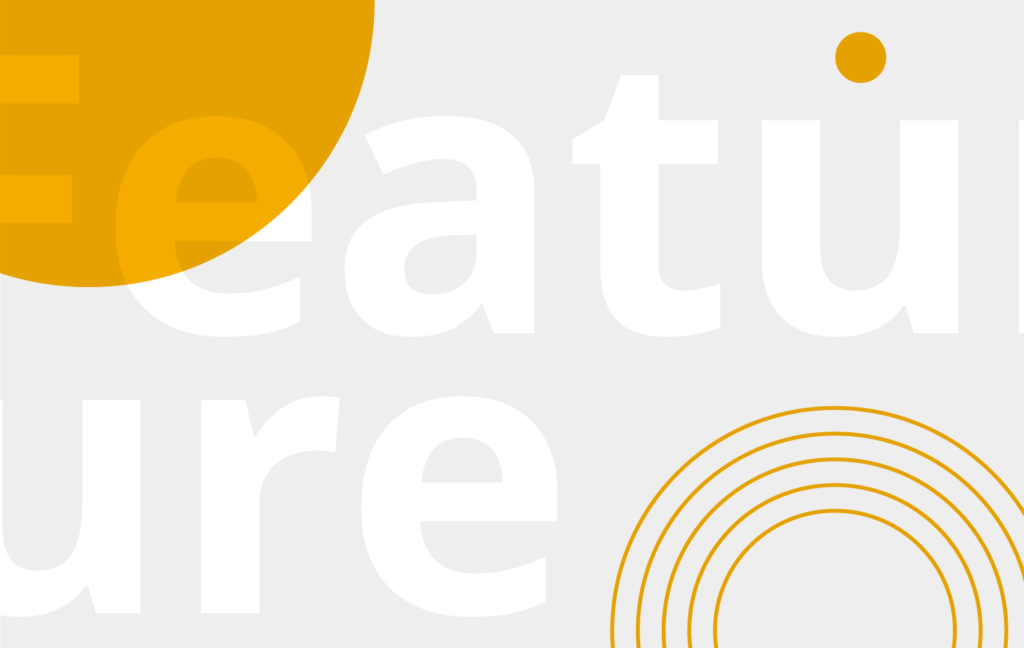12 April 2018
Carsten Janke, Institut Curie, Paris, France, organizes the biennial EMBO Conference ‘Microtubules: structure, regulation and functions’, held in Heidelberg, since 2010. He has also organized EMBO meetings in India and Chile.
What motivated you to start the microtubule conference?
There was no conference where people who worked on microtubules in different fields could come together – there were so many interesting aspects that never got discussed, so I thought it was worth a try. And it’s worked very well, partly because it’s run at the Advanced Training Centre at EMBL in Heidelberg, which is a great venue with extremely good support from the EMBL Course and Conference Office.
How do you keep the speaker list fresh?
We have a rule that we don’t invite people twice, and we try to make some unexpected choices. My co-organizers and I try to figure out who has an interesting unpublished story and can give a great talk by searching the literature and asking around. We also have a lot of short talks selected from abstracts and they’re always really exciting.
What is your top tip for organizers?
Don’t be afraid of proposing a conference around a more conceptual idea where you can invite people from completely diverse fields. And treat your speakers as you would like to be treated; don’t rely only on your administrators to send emails – keep some personal contact if possible.
Madalena Tarsounas, University of Oxford, UK, and her co-organizers Steve Jackson and Thanos Halazonetis have run the biennial EMBO Conference ‘The DNA Damage Response in Cell Physiology and Disease’ since its inception in 2011.
Your meeting is held at a beautiful resort near Athens – how did that come about?
My co-organizers and I took a trip to Greece and visited four different resorts. It was very important to go and see for ourselves and talk to the people at each place. We decided on the Grecotel Cape Sounio and we’ve been going there ever since. It’s only one hour away from Athens international airport, but it’s isolated and therefore ideal for networking – we take up the entire resort with 150 participants, so everyone you meet is a DNA damage person. And of course it’s an extraordinary location.
Every year, the feedback is that this place makes interactions very easy. People are friendlier and happier – it’s warm and sunny and the food is excellent, and everyone relaxes and can be themselves. We never have a problem with speakers leaving early, and we never have a problem with getting new speakers – everyone always says yes!
What is your top tip for organizers?
Make sure you have a local organizer if you’re going somewhere off the beaten track; and learn to delegate, but remember that it’s often far less time consuming to do the complicated things yourself!
Fritjof Helmchen, University of Zürich, Switzerland, set up the EMBO Practical Course ‘Two-photon imaging of brain dynamics: Illuminating neuronal and glial function’ with co-organizer Arthur Konnerth.
Running this course must be a huge amount of work; why do you do it?
I see it as an opportunity to get to know the people who are pushing into the field and are excellent, and perhaps to find some recruits for my lab. It’s also beneficial for the people in our two labs who help run the practicals – it’s an opportunity to see how another lab does things, and it gives them visibility in the field.
To be honest though, the main reason I do it is that overall it’s a lot of fun! I like the networking and social aspects, and actually running the course is almost like teaching yourself again and finding out whether you can convey both your knowledge and also the technology of the microscopes.
What is your top tip for organizers?
Look after all your students. You’ll always have a mix of people and those who are more reserved may need to be approached and encouraged. And you may have to do a little social engineering during the course. You can group people together beforehand from the information in their applications, but if it doesn’t work you have to change it.



